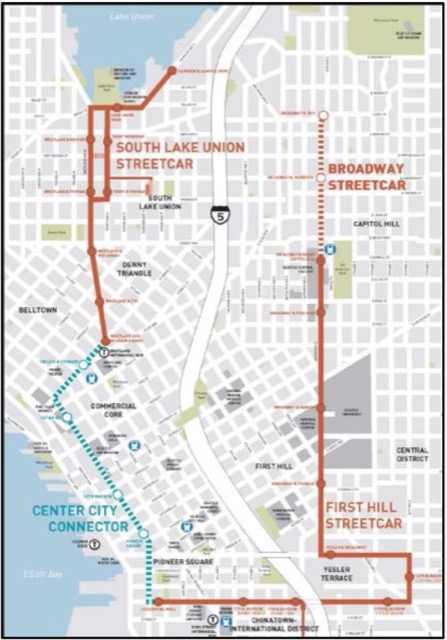Speaking of simplistic solutions to complex problems, Streetsblog has an article on how to save transit. Based on ridership numbers from thirty-five urban ares, the pro-transit site says the two keys to transit success are, first, to spend lots of money, and second, to spend it in the right places.
I wonder why no one ever thought of that before.
The article points out that only three urban areas saw an increase in transit ridership from 2016 to 2017: Seattle, Phoenix, and Houston (where ridership grew just 0.1 percent). The numbers in the article are somewhat different from the numbers the Antiplanner calculated from the National Transit Database, but I agree that the only significant growth was in Seattle and Phoenix. (My numbers show a 0.1 percent decline in Houston.) Continue reading








